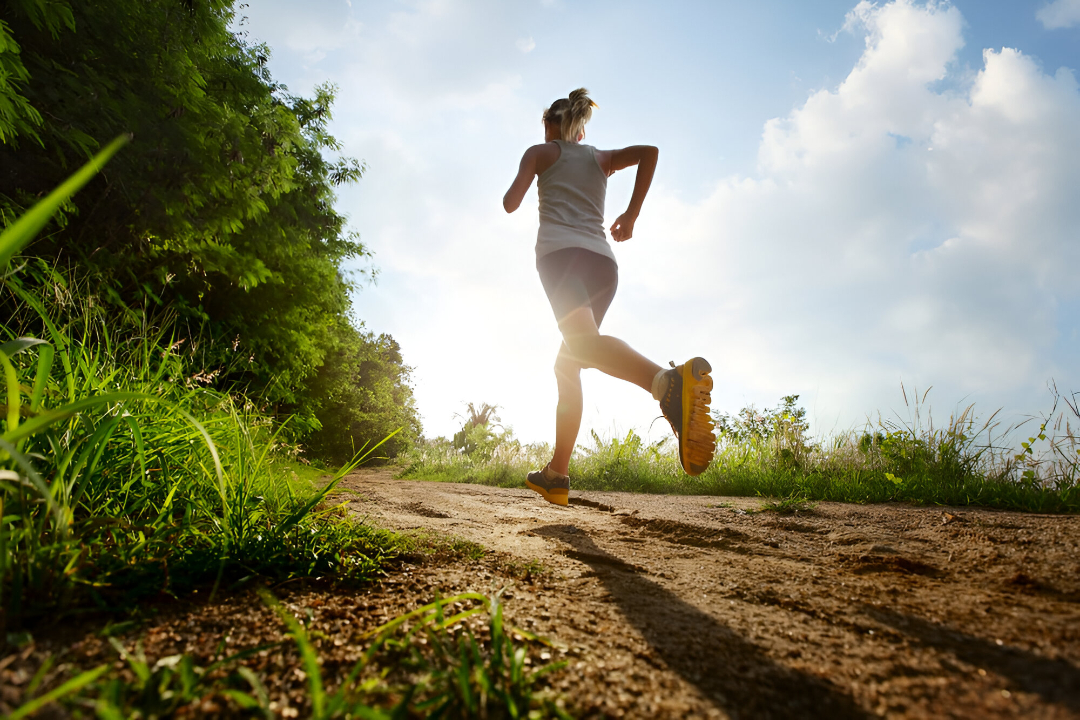If you are training yourself for hiking, you must be prepared to climb hills. Getting to a genuine trail might be difficult when life gets hectic or the weather is terrible. Many hikers wonder whether a treadmill can prepare them for a mountain.
The argument between treadmill inclination and trail running is classic. Both tools are great, but with distinct advantages. Understand the benefits and drawbacks of trail running versus indoor exercises to develop the optimal cardio for hikers and create a well-planned training regimen. For more guides on cardio training for hiking, visit Y Fitness Matters.
1. The Argument for the Treadmill: Regulated and Steady
When it comes to focused exercise, the incline treadmill workout is second to none. It is an excellent approach to mimic treadmill hiking since you can control your training to a finer degree.
The Positive Aspects of Incline Treadmill Exercise:
-
Precision Training:
Set precise incline and speed. Excellent for increasing specialized endurance. Ready to train for a relentless 10% grade? A natural path seldom allows you to maintain that slope for 30 minutes, unlike the treadmill. This regulated effort is crucial to hiking prep on an uphill treadmill.
-
Safety and Convenience:
Safe from traffic, weather, and darkness. You can stop working out for a drink or restroom break without getting lost.
-
Repetition:
Ideal for organized exercises, such as hill repeats. After two minutes of intense running at 12% inclination, drop the belt for a perfect recovery and repeat. Strength and aerobic efficiency increase dramatically.
-
Joint-Friendly Surface:
Treadmills provide a more forgiving surface than concrete or rough terrain, making extended workouts easier on knees and ankles.
The major drawback? Mental boredom may result. Running outdoors is more engaging than staring at a wall or computer. To avoid this, try following structured treadmill hiking workouts that simulate real trails.
2. Trail Argument: Real-World and Unpredictable
Trail running for hiking is the most natural way to prepare for hiking with elevation gain. It builds fitness and prepares your mind and body for the outdoors’s unexpected nature.
Important Perks of Trail Running:
- The trails in the real world are not flat. They contain rocks, roots, mud, and constantly changing terrain. Unlike navigating a treadmill, walking on uneven ground will help you develop better balance, ankle stability, and coordination. This functional strength and agility are key benefits of trail running.
- When it comes to downhill training, trails are at their best. The treadmill is fantastic for simulating an uphill run, but it won’t get you ready for the impact of a descent. The primary source of post-hike pain is eccentric loading, which occurs when you run downhill and strain your muscles to function as brakes. Trail running prepares your legs for this specific stress.
- The time flies by due to the mental strain and the ever-changing surroundings. The mind-body connection is vital for safe hiking, and you develop it by consistently concentrating on your next step.
- The mental benefit of spending time outside in natural settings has been extensively studied. It alleviates tension and might make challenging tasks seem less so.
Negative aspects? You run the risk of tripping, falling, or twisting on trails, which are also susceptible to weather changes and might be challenging to reach logistically.
3. Exercise on a Treadmill vs. an Outdoor Hike
If you’re looking to train for a trek, should you do it on a treadmill or outside? The answer: it’s not about picking one over the other, but about balance. See our hiking training plans for guidance.
| Advantage | Running on an Inclined Treadmill | Trail Running Outdoors |
| Impact, Surface | Gentler, more consistent, and joint-friendly. | Uneven, harder, increases stability. |
| Downhill Training | Not possible. It’s a significant flaw. | Excellent. Prepares legs for descent. |
| Convenience | High. No weather restrictions. | Lower. Travel is needed, circumstances permitting. |
| Mind Stimulation | Boring. Distraction needed. | High. Interesting and refreshing. |
| Skills Development | Builds absolute fitness and strength. | Improves fitness, balance, agility, and technique. |
4. How to Get the Most Out of Both for Hiking Cardio
The best method is to combine trail running and indoor treadmill training rather than using them as competitors. This balance creates the most effective cardio for hikers.
- For concentrated exercises throughout the week: Utilize the treadmill for targeted intensity. Do hill repetitions, long steady climbs, and threshold intervals. Simulate hiking on a treadmill by setting the incline to 10-15% and walking at a brisk pace. It develops your engine.
- Utilize Trails for Skill and Specificity: Hit the trails on weekends whenever possible. Downhill running, tricky terrain, and real-world fitness testing are all possible during this period. Experience the full benefits of outdoor hiking training, both mentally and physically.
- To simulate the trail on the treadmill: For more effective treadmill exercises, avoid holding on: Release the handrails to balance and engage your core.
Try varying the gradient every few minutes to simulate hiking on a track. Wear your weighted backpack to train for your trek.
Conclusion
The treadmill inclination vs. trail running debate isn’t about winning; it’s about finding the right approach. Understanding that each is strong for a distinct training segment is key.
Your controlled laboratory, the treadmill, builds raw climbing power and cardiovascular endurance precisely. Ideal for hiking preparation workouts, the incline treadmill is great.
You test your skills on the trail, which offers unmatched rewards. It trains your muscles, joints, and mind for unexpected, tough, and rewarding mountain trail obstacles.
Not choosing one is the best cardio for hikers. Accept both. Utilize the treadmill’s convenience to create a strong foundation throughout the week and hit the trails on weekends. Combining treadmill and outdoor hiking training creates a comprehensive fitness strategy that will help you conquer any mountain, both emotionally and physically. For more hiking cardio plans, visit Y Fitness Matters.
